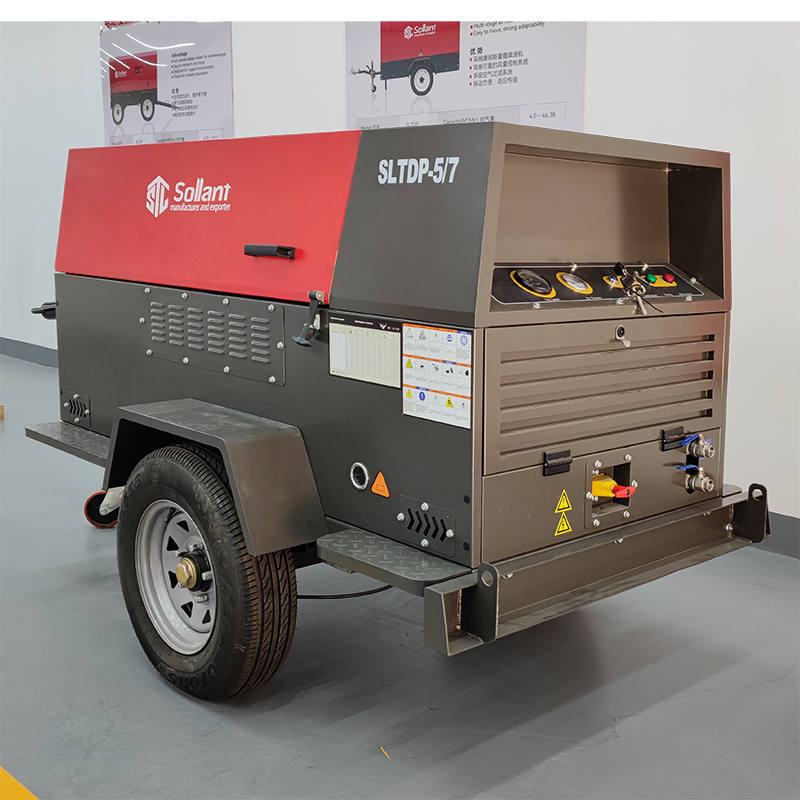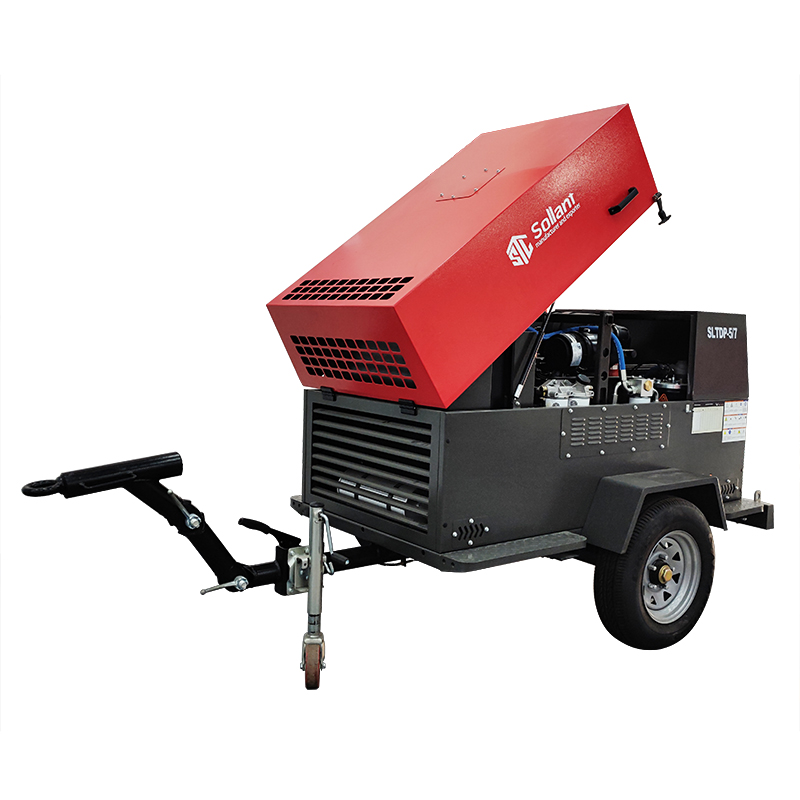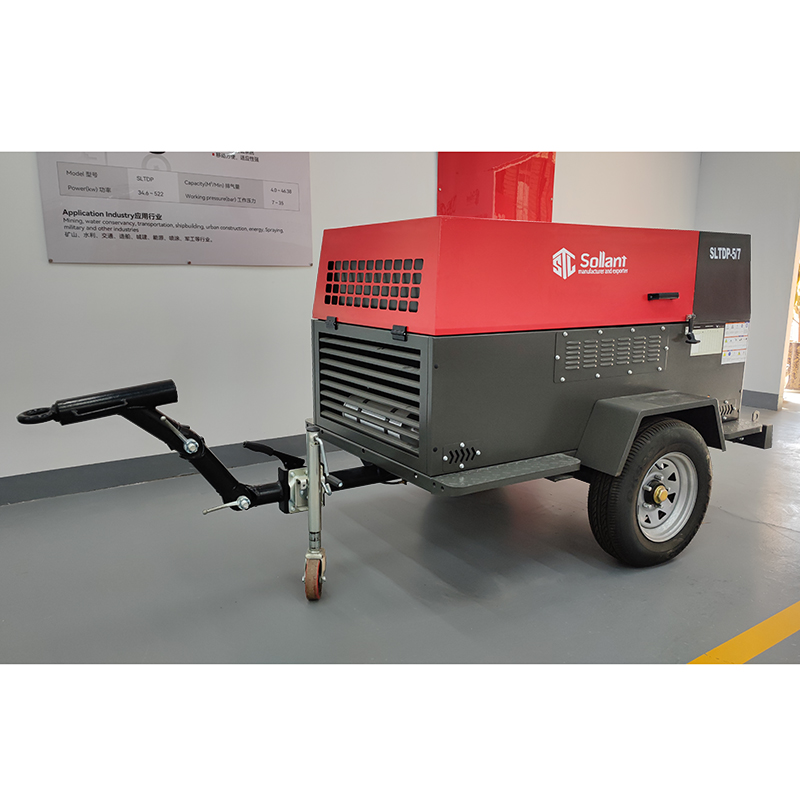How to Adjust Pressure on a Diesel Air Compressor

Adjusting the pressure on a diesel air compressor is a crucial task to ensure the machine operates efficiently and safely. Whether you’re a seasoned professional or a new user, understanding the steps and precautions involved can enhance the performance of your compressor and extend its lifespan. This guide will walk you through the process, ensuring your compressor runs smoothly.
Understanding Diesel Air Compressor Basics
Diesel air compressors are widely used in various industries due to their reliability and efficiency. These compressors utilize diesel engines to power the compression of air, making them ideal for remote or off-grid locations. Key components include:
- Diesel Engine: Powers the compressor.
- Air Tank: Stores compressed air.
- Pressure Regulator: Adjusts the output pressure.
- Pressure Gauge: Displays the current pressure level.
Steps to Adjust Pressure
- Safety First Before making any adjustments, ensure the compressor is turned off and depressurized. This minimizes the risk of injury from sudden air release or moving parts.
- Locate the Pressure Regulator The pressure regulator is typically located near the air tank. It may have a knob or screw mechanism for adjustment. Refer to the user manual for the exact location and type of regulator on your model.
- Adjust the Pressure
- Decrease Pressure: Turn the knob or screw counterclockwise to reduce the pressure.
- Increase Pressure: Turn the knob or screw clockwise to increase the pressure.
Adjust in small increments and monitor the pressure gauge to avoid over-pressurizing.
- Monitor the Pressure Gauge The pressure gauge will display the current pressure level. After making adjustments, run the compressor and observe the gauge to ensure the pressure remains stable at the desired level.
- Test the Output Connect your tools or equipment and test the output to ensure the pressure is suitable for your needs. Make further adjustments if necessary, following the same steps.
Tips for Optimal Performance
- Regular Maintenance: Regularly check and maintain your diesel air compressor. Clean or replace air filters, check for leaks, and ensure the oil levels are adequate.
- Avoid Over-Pressurization: Operating the compressor at too high a pressure can cause damage to both the compressor and your tools. Always adhere to the recommended pressure settings for your specific applications.
- Use Proper Tools: Ensure that the tools and hoses you use are rated for the pressure levels of your compressor.
Common Issues and Troubleshooting
- Inconsistent Pressure: If the pressure fluctuates, check for leaks in hoses or connections. Ensure the pressure regulator is functioning correctly.
- Low Pressure Output: Clean or replace air filters, and check for any blockages in the air intake or exhaust. Inspect the compressor for any mechanical issues.
- Overheating: Overheating can be caused by prolonged use, inadequate ventilation, or low oil levels. Allow the compressor to cool down, ensure proper airflow, and check oil levels.
Conclusion
Adjusting the pressure on a diesel air compressor is a straightforward process that requires attention to detail and adherence to safety protocols. By following these steps and tips, you can ensure your compressor operates efficiently, providing reliable performance for your tasks. Regular maintenance and proper adjustments will extend the lifespan of your equipment and enhance its effectiveness.
For more detailed information and troubleshooting, always refer to the user manual provided by the manufacturer. By understanding your compressor and its components, you can optimize its performance and ensure safe operation.
Request a Quick Quote Now
We will never rent or sell your email to anyone.
How to do my business well ?
- Market situation
- Technology configuration
- Strike Price
- exclusive agency
- Import and export assistance
- More…





